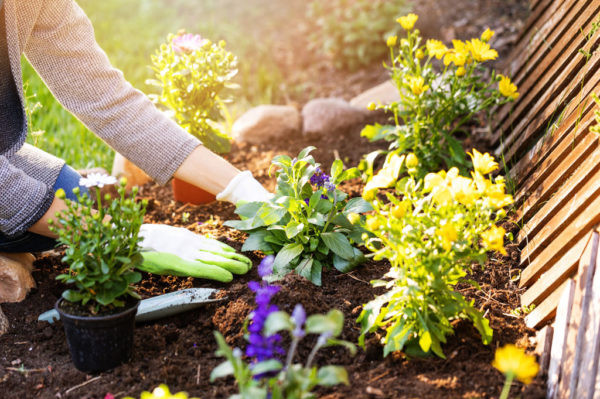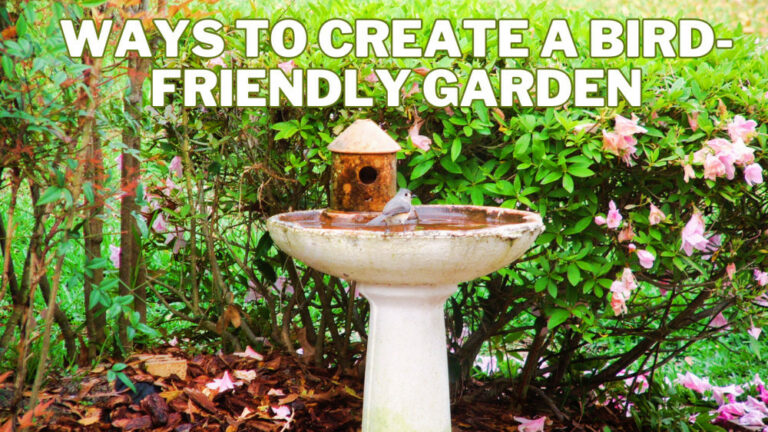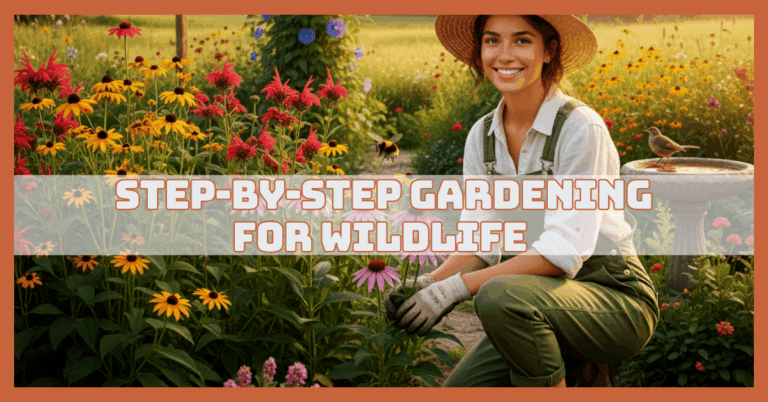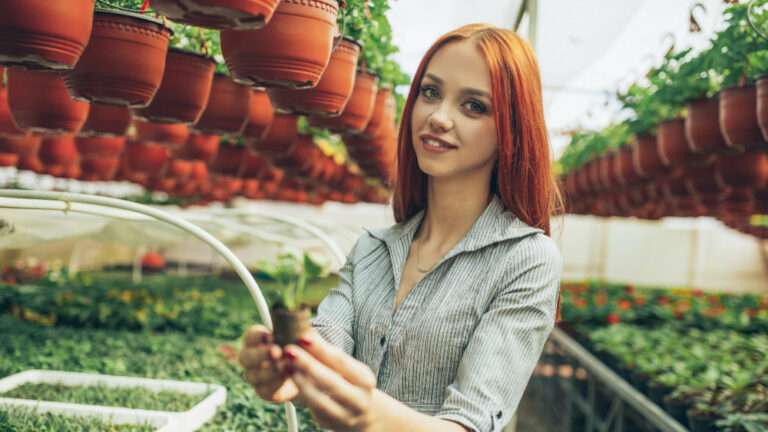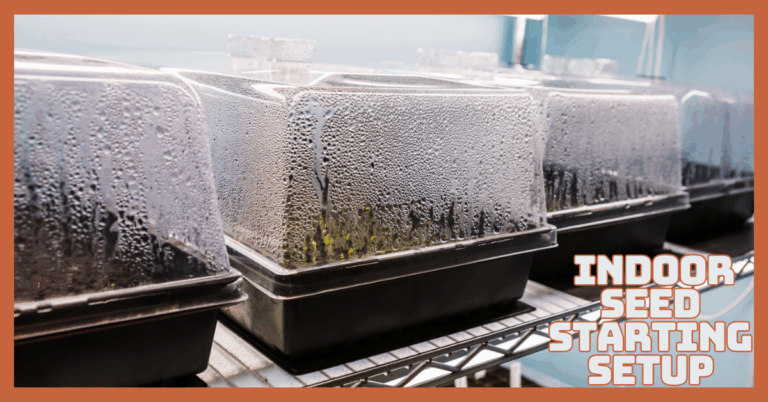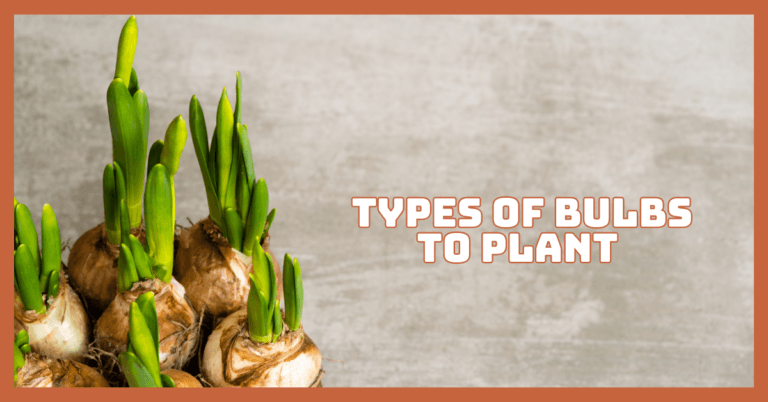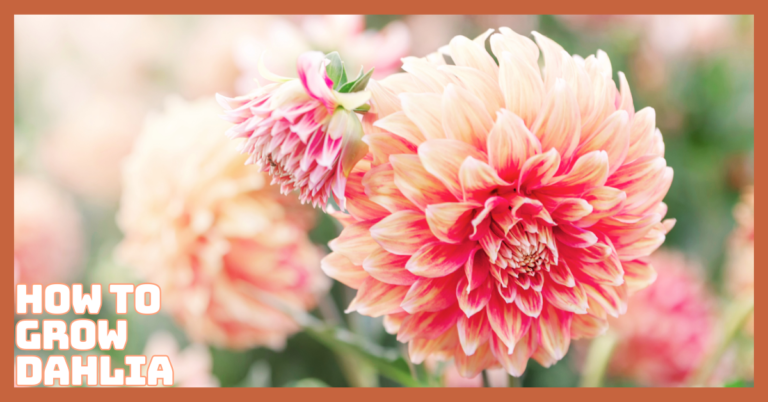Does And Don’t In Gardening
Does And Don't In Gardening
The previous year was eventful, with many abrupt transitions and severe lifestyle changes that provided us with more opportunities to watch our homes and yards. I found myself going for long walks, taking use of surrounding green spaces, and working in the garden.
I walked the local trails when I wasn't busy prepping my crops, stealing peeks at yards as I went. Many backyard garden beds were being built, and they looked like dandelions springing up through a sea of lawns.
But, as I'm sure countless others have discovered, every garden is unique. I've developed a list of “dos” and “don'ts” that I discovered to assist me to get through this season and the ones to come.
Growing beautiful plants and veggies may appear to be simple, but there is more to it than meets the eye. Gardening necessitates a lot of attention and effort than you may think. If you're a first-time gardener, you don't want to overwork yourself.
There are a few more mistakes that new gardeners make that you don't want to make. These are the gardening dos and don'ts for your first year that will make your first attempts go more smoothly. If you missed it, here's a link to it. Planting Marigolds in Vegetable Gardens
I highly recommend CowPots and Organic Seedling Soil for seedlings, as you may sow your seeds and then place the CowPots in your garden.
Start A Compost Pile
Create a compost pile close to your garden during your first year of planting so that it will be ready for year two. That way, you're not only recycling, but you're also giving nutrients to your plants and improving the soil structure of your garden. When spring arrives, this is the optimum time to add a layer a few weeks before planting.
I buy organic compost at the local gardening center because my yard is so small. I also purchase worm castings, which are excellent. You can buy these on Amazon if you can't find them locally. Organic Worm Castings and Organic Compost
Maintain Good Soil
You may notice that the soil is rich and full of nutrients the first year you plant a garden. Your soil and its health may begin to deteriorate after one or two growing seasons, which is terrible news for your plants. Adding a mixture of half topsoil and half compost to your soil can keep it in top shape.
Your plants and veggies will grow as a result, and you will have a better harvest. This is a crucial guideline for your first year of gardening, as well as any subsequent years.
When And How To Water
The way and when you water your garden is also crucial to its health. Early in the morning is the optimum time to water. The water will not dry up as soon as it would otherwise. Watering the plant too much or too little can cause the plant to drown or the leaves to wilt.
Mould or fungus can appear if you water late at night. Trying to strike a balance between the amount of water needed and the amount of time available is a balancing act you'll learn as you go.
Also, make sure you are watering the plant's base rather than the leaves. Your plant may develop disease if you do not do so.
What Should You Not Do When Starting A Garden?
There are no two harvests alike in the world of gardening. Different criteria may apply depending on the temperature, season, solar aspect, or size of the garden. Through my study and, of course, a lot of trial and error, these are the five things I've learnt not to do. They are:
- Not remembering to feed
- Not effectively covering (or removing) grass from beneath the planting bed
- Start gently to avoid overdoing it.
- Ignoring the sun's route through your yard
- Leaving stones on the ground
- Let's take a look at each of these “don'ts” one by one.
Don't Forget To Feed
When you're a beginning gardener, it's easy to overlook feeding, but the nutrients you feed or don't feed your plants can determine your harvest. A well-fed plant has a higher natural ability to resist pests and illnesses than a nutrient-deficient counterpart.
They also make a better-tasting product, with more luxurious flavours than store-bought alternatives. Feeding is much more important if your garden is in a container. Potted fruits and vegetables will quickly devour any nutrients present due to their small size.
Nitrogen (N), Phosphorous (P), Potassium (K), Calcium (Ca), and Magnesium (Mg) are the five most important elements that plants absorb for a balanced diet (Mg).
I discovered that feeding practices differ based on how and what you feed. Always read the feeding directions on the fertilizer you've chosen first. After applying the nutrients, keep an eye on your plants and change your strategy as needed.
Don't Forget To Cover Or Remove Grass
Lawns are North America's most irrigated crop. In the fight to turn this open space into food-producing gardens, I've seen a couple of beds hastily created and filled with soil during the last year. The only issue is that the grass that grows beneath these beds ultimately rises to the surface. It then starts to compete with your garden plants, requiring you to spend effort weeding it out.
Remember to cover your grass with cardboard, or newspaper, or even turn the sod upside down with a garden fork or spade when reclaiming your lawn for a garden bed. This extra step will lessen the possibility that the grass will reach back up through the soil and cause a problem. However, from personal experience, make sure to cover all green plant stuff with the root mass when flipping the sod, otherwise, it will ultimately make its way to the surface.
Don't Overdo It – Start Small
Start with a few plants if this is your first year. At the very least, double it next year. It's easy to become excited after a strong year and want to pump out three or four times as much the following summer, in my experience.
This was my second planting season. By the end of the season, I was exhausted from having to move a dozen pots twice a day and water them an equal number of times.
While having three times the garden and three times the food may appear to be a nice idea, it is not. This just leads to higher prices, overwork, and, possibly, a drop in your garden by the end of the year. The permaculture philosophy of adopting tiny and slow solutions is the best method.
Every year, spend a little more time in your garden to learn how the new method will affect your workload. You'll get into the swing of things after a few years, and new gardeners will be impressed by your efficiency.
Don't Forget The Sun
The desire to begin gardening in the last year has presented home gardeners with a new initial problem. The most common problem I've noticed in many backyard gardens is their location.
Plants will thrive in part-sun and shade, but without six to eight hours of direct sunlight, they will not yield a high-quality harvest. I've seen a lot of garden beds tucked down on the side of a house or alongside a living cedar fence where the plants only get three to four hours of light in the early afternoon.
A location with direct sunshine will always produce a higher harvest. The problem is that most homeowners have already designated this area for family activities by establishing a wide grassy area. The best thing to do when creating a profitable garden is to start with the sun.
Knowing how many daylight hours your garden receives will help you choose the right plants for your environment. Choose the right crops for your light, whether it's full-sun fruit and vegetable crops or shade-tolerant plants like herbs and flowers for teas.
Don't Leave Rocks
You'll need to remove rocks down to two to three feet if you're growing a garden in the earth. If you don't do this, the roots will hit the rock and won't be able to dig down any further, causing the plant to become unstable. I dug up half of my garden last year, removing all stones up to four inches in diameter and leaving the other half alone. Plants in the removed soil grew taller and fuller than those in the other half of the garden, as expected.
If you're having difficulties digging down, build a raised bed and fill it with planting mix to give your roots the room they need to flourish.
Don’t Go Too Big
One of the most common mistakes beginners make is attempting to go all out by establishing an overly large garden. Keep in mind that the larger the garden, the more sweat and effort you'll need to put into it. Did you know that a smaller, well-kept garden can produce a higher output than a larger, unkempt garden?
Consider establishing a garden that only covers a 4X4 space in your first year. You won't be as quickly overwhelmed this way. You can now progress to a larger and more rewarding garden if you've mastered that and experienced a season or two of great vegetables.
Don’t Just Plant Anything And Everything
Don't buy every seed package in the lawn and garden center to add variety to your garden. I know you've been daydreaming about all the different plants and vegetables you could eat, but don't get too excited.
Some plants and vegetables, it turns out, don't do well together and require separate beds entirely. Your first year, limit yourself to just a few types. These are vegetables with a higher yield that you should consider. If you missed it, here's a link to it. What Not to Plant Together in Companion Planting
Don’t Neglect The Importance Of Sunlight
Make certain that you do not simply plant your garden anywhere in your backyard. On a sunny day, I'd advise you to keep an eye on where direct sunlight strikes your yard throughout the day. Keep in mind that most plants benefit from greater sunlight.
Plants require light because it supplies them with nutrition and energy, allowing them to thrive. Most plants require 6 to 8 hours of sunlight per day, so keep track of how much sunlight each area of your yard receives.
This isn't true for all plants and vegetables, either. There are a few vegetable kinds that thrive in partial shade and receive less sunshine.
Don’t Plant Too Early Or Too Late
Planting out of season is very dangerous, therefore don't do it. Pay attention to the instructions on your seed packs to figure out when the optimum time is to plant them in your location. Even though the cold does not appear to harm the plant, the lack of sunshine can undoubtedly slow its growth. This may result in a lower yield for you to enjoy.
What Should You Do When Starting A Garden?
Let's dive into what we can do to get the most out of our garden harvests now that we've covered some of my favorite “Do-Nots” of establishing a garden. We recommend that you:
- Regularly water
- Mulch the area
- Consider flowers.
- Experiment with your garden and appreciate variety.
Do Water Regularly
It's ideal to water early in the morning when the sun is low and the temperature is cool. This method allows the water to sink into the soil and the roots. Check on your plants at least twice a day if you're watering in a container garden to make sure the soil hasn't dried out completely. Allowing the potting soil to dry out this much is bad for the plant!
While all plants require sufficient water to exist, some plants require a lot of water to produce nutritious fruits. Cucumbers are large fruits that require continuous irrigation to avoid becoming deformed or bitter.
Do Add Mulch
Mulch is one of those items that is frequently disregarded in the garden but is beneficial elsewhere in the yard. Surprisingly, the advantage of mulch for your garden comes in the form of water retention and soil cooling.
Straw has shown to be an effective garden mulch in my experience. It covers the soil and, because of its albedo (light color), it can reflect part of the excess light back to the crops. Wood chips should be added to fruiting tree plantings because trees love fungal root zones, which wood chips provide.
Do Remember Flowers
Pollinators are beneficial to both our garden and the environment. Even yet, it's easy to overlook the bugs and bees who assist our garden throughout the year. By guaranteeing effective pollination of your plants, these insects do the heavy lifting in the backyard garden.
Attract them into your yard with close patches of flowers planted just beside the bed or a moveable container. When selecting flowers, make sure to include a range of seasonal bloomers that will attract pollinators throughout the growing season.
Having flowers accessible from the beginning to the conclusion of the blooming season tells pollinators and beneficial insects that your yard provides food all year.
Do Experiment With Your Garden
As I previously stated, each garden is unique, and each year of growth will present new difficulties and opportunities. Consider regrowing your favorite three plants and trying two new ones if you bought five the previous years. Perhaps you started with purchased seedlings this year and then tried growing a few plants from seeds the next year. If square foot gardening didn't work for you, try polyculture or hügelkultur, or make room on the front lawn for your next garden bed!
Experiment with your work and never stop learning! It makes no difference whether your garden is in a pot, a planter bed, or directly in the ground. Your garden is your realm to study regardless of the growing space.
Do Value Diversity
When harvesting a family favorite, having a few copies of the same sort of tomato or peas is vital. When creating a larger garden, though, make sure to include a variety of plants in your garden and surrounding area. Having a diverse plant collection protects your garden against pests that are only interested in one type of food.
Having a well-balanced plant collection can also attract beneficial insects, which can help with pest control. You may design your garden to produce an abundant crop while also protecting itself from pests and disease by understanding which plants work best together.
Every home and garden will be unique, each with its own set of problems for a gardener to face. These are just a few of the “does” and “don'ts” that I've learned from my experience gardening in both containers and in-ground gardens.
If I could recommend one additional thing to every gardener, it would be to follow Permaculture's first principle of “Observe and Interact.” You can learn what your plants require by exploring your garden at least once a day and looking at the leaves, soil, and fruits. And before you know it, you'll be making your own list of what works best for you and your flourishing garden.
I trust you enjoyed this article on the Does And Don't In Gardening. Please stay tuned for more blog posts to come shortly. Take care!
JeannetteZ
>>>Please click here to read my all-inclusive article about Container Gardening<<<
>>>Are you interested in homegrown herbs and medicine? Please click here to find out more about it!<<<
Your Opinion Is Important To Me
Thoughts? Ideas? Questions? I would love to hear from you. Please leave me your questions, experience, and remarks about this article on the Does And Don't In Gardening, in the comments section below. You can also reach me by email at Jeannette@Close-To-Nature.org.
You might also enjoy these blog posts:
Tips For Making People Feel Comfortable Around You
Breadfruit Tree Growing Conditions

